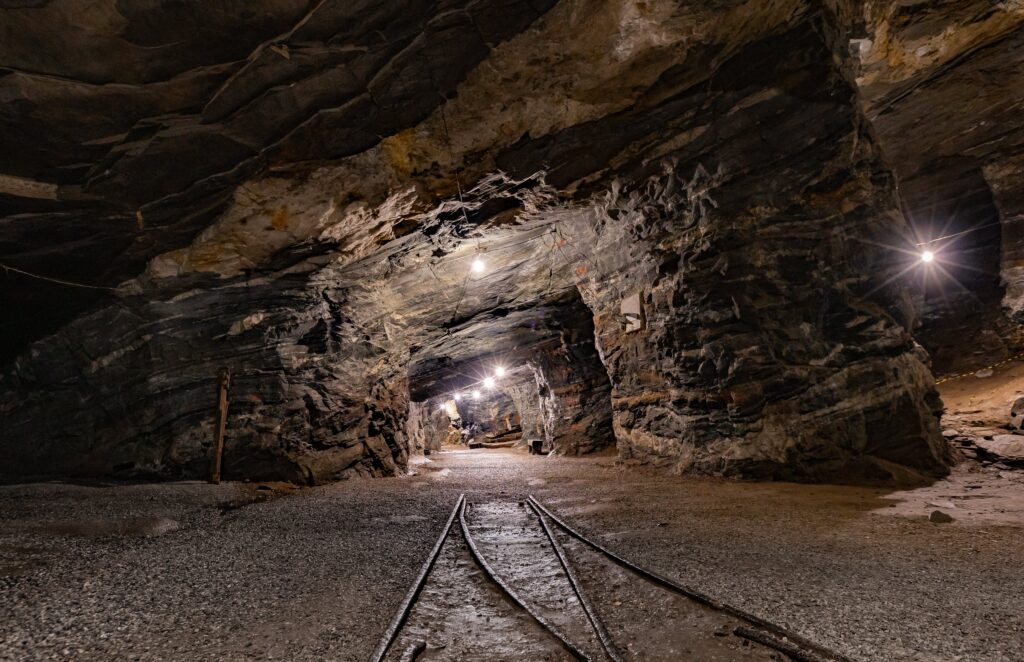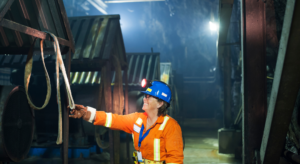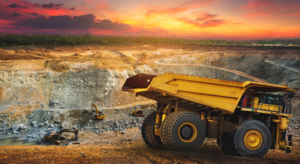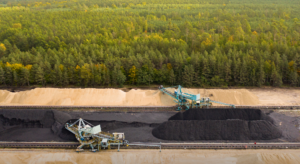The mining industry is witnessing the evolution of connectivity in modern mining. The progressive advancements in the techniques of communication are readily transforming operations. They, in turn, unlock incredible new capabilities. Connectivity is the force that allows miners to overcome the challenges of geology. Moreover, mines are advancing from inconsistent processes to highly optimized cyber-physical systems.
Data-driven intelligence is entering virtually every aspect of modern mining. So, mining companies that are embracing these transformation stands to be smarter, safer, and more productive. Though the industry faces some critical technical hurdles, the pace of innovation will show no signs of slowing down. In this article, we will go through the advancements in connectivity solutions transforming the mining industry. So, let’s dive in.
Automation and Remote Operation Reduce Risks
One major impact of the evolution of connectivity in modern mining is enabling increased automation and remote operation. On-board sensors allow haul trucks, excavators, and other equipment to operate with little or no human intervention. Moreover, workers can control machines remotely from safe control rooms through teleoperation.
These technologies minimize the number of workers needed on dangerous mine sites. Furthermore, automating hazardous tasks like blasting and extraction prevents injuries and fatalities. Remote operation also removes people from risky zones. This includes underground tunnels, pit benches, and process facilities. Additionally, teleoperation allows centralized control of multiple semi-autonomous machines by one operator.
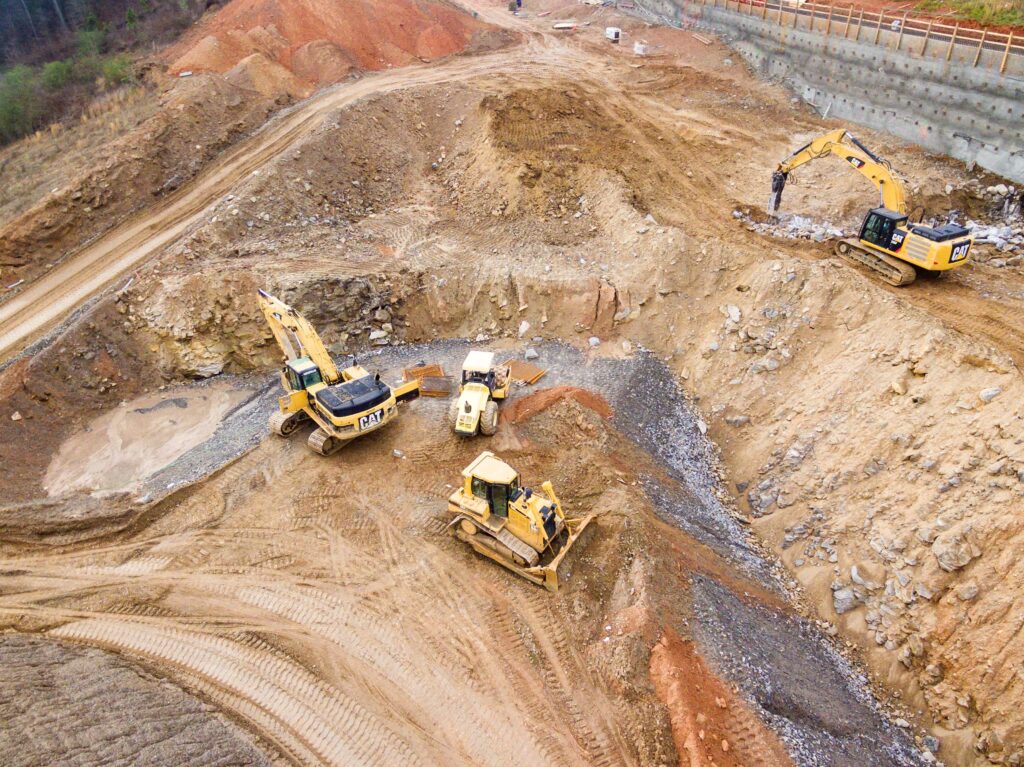
Some companies even envision fully autonomous “dark mines”. They operate entirely without humans on site. While safety and change management concerns exist, automation – the future of mining will likely continue displacing direct human involvement. So, connectivity provides the critical data pipeline to guide automated decision-making. By 2025, it is anticipated that the number of smart mining operations will triple, and 25% of mines will have adopted autonomous operations. This is one of the most powerful digitization in the mining industry.
Pervasive Asset Tracking Optimizes Usage
The evolution of connectivity in modern mining helps to allow comprehensive tracking of assets. This includes mining equipment, vehicles, and Industrial IoT sensors. Furthermore, tags and onboard telemetry systems help in relaying real-time location and status data. It goes directly to the central monitoring system. So, it gives the managers unmatched visibility over their assets.
Maintenance also benefits from it. It can be scheduled based on the actual usage rather than the fixed intervals. Asset utilization insights are the elements that form the basis for it. Moreover, the underutilized assets can be relocated with it. Then comes location data. It allows inventory optimization and also coordination.
Furthermore, we see quick identification of assets requiring quick repairs. As a result, it gives reduced downtime. Moreover, any theft or misplacement of assets can be minimized with it as well.
So, asset tracking gives a foundation for the data-driven optimization of asset usage. Patterns and predictive insights can easily be derived using analytics. As a result, you end up saving a lot of costs and productivity gains. Over the next ten years, smart mining has the potential to reduce deaths by ten percent and injuries by twenty percent.
Safer, Optimized Fleets
Advancements in haul truck fleet connectivity exemplify the power of real-time data. Moreover, onboard sensors monitor truck health and performance. Then, GPS tracks locations while RFID tags trace load contents. So, the evolution of connectivity in modern mining integrates this data. It helps to optimize coordination, assignment, and traffic management.
There are collision avoidance systems that use vehicle-to-vehicle (V2V) connections. It helps to prevent accidents. Drivers can also improve safety with facing cameras and fatigue monitors. Furthermore, optimized route planning reduces congestion and improves right-of-way management. Automated loading and unloading are also there which minimizes wait times.
Overall, modern haul fleets are becoming data hubs feeding critical operating data to mine operators. Moreover, increased visibility leads to better safety, efficiency, and productivity. So, extending connectivity being the future of mining across all vehicle types creates an intelligent, integrated mine transportation ecosystem.
Responsible Environmental Monitoring
Another key application of the evolution of connectivity in modern mining is seen in responsive environmental management. The regulators and the public today expect mines to monitor and mitigate the environmental impacts. Moreover, sensor networks now surround tailing ponds, waste rock dumps, and more. The data analytics in it search for early warning signs. These can include increased seepage or slope instability. Real-time air and water quality management also prevents pollution events and triggers intervention before major failures can be seen.
Drones and satellites are also seen expanding the environmental monitoring. The automated control systems have the ability to shut down or redirect processes as per the need. As a result, the modern mines reflect a much tighter sensor-driven feedback loop. It limits the environmental risks leading to unmatched sustainability.
It is difficult for the evolution of connectivity in modern mining to eliminate the impact of mining. However, they are being used by operators for accountability. So, it helps in engendering goodwill and a license to operate.
Dynamic Energy and Water Management
Mines are also major consumers of resources like electricity, fuel, and water. So, connected smart meters and analytics provide granular monitoring of usage patterns. Systems can also track resources from production to consumption, identifying waste and inefficiencies.
Automated usage controls balances and redirects resources based on real-time operational conditions. Consumers right-size consumption and balance loads, while also anticipating and mitigating shortages. Overall, the evolution of connectivity in modern mining enables a dynamic, data-driven approach to critical resource management instead of static allocations.
Optimization of energy, water, and other resource usage has major cost and sustainability benefits. It also minimizes disruptive shutdowns from shortages. So, managing resources dynamically unlocks both environmental and economic gains being a powerful way of digitization in the mining industry.
Enhanced Underground Communications
Reliable communications while underground remain an ongoing connectivity challenge. However, several advancements or evolution of connectivity in modern mining are improving underground connectivity:
LEPW (Low Energy Proximity Wireless)
These short-range wireless networks connect workers and equipment in close proximity underground. Furthermore, LEPW enables tracking, text messaging, gas/equipment monitoring, and more.
Medium-range wireless
New meshed networks can extend medium-range coverage. This is throughout a mine with support from fiber backhaul. So, this expands coverage for control, automation, phone calls, and other needs.
Ultra-low frequency systems
These extremely low bandwidth systems provide basic messaging over many miles through rock. They provide a redundant path for emergency communications despite the limited throughput.
Leaky feeder cables
These coaxial cables act as extended antennas running through tunnels. They also provide improved radio coverage when installed alongside fiber optic cables.
While still a work in progress, underground connectivity is improving through these innovations. Moreover, seamless underground communications remain the holy grail for miners seeking the full benefits of connectivity.
Connected, Collaborative Mining
Step back and a bigger picture emerges. Modern mines are transforming into vast, living, breathing information systems. Data pours in from workers, sensors, equipment, environments, and processes. Moreover, cloud and edge computing integrate and analyze data streams in real time. By gathering and evaluating machine data, 70% of problems in machines can be avoided.
Data visualizations and analytical models unlock operational insights for decision-makers. Experts around the world can collaboratively monitor and optimize processes remotely. Automated systems operationalize analytical recommendations.
Previously siloed functional groups gain end-to-end visibility across the operation. Data illuminates interdependencies, allowing holistic optimization. Moreover, work becomes proactive rather than reactive.
While technological hurdles remain, the promise is compelling – the evolution of connectivity in modern mining enables miners to virtualize, model, understand, and optimize their operations.
A Future Driven by Connectivity
Adopting the evolution of connectivity in modern mining positions mining companies for long-term success. In the short term, change can bring costs and disruption. However, early adopters reap long-term gains that outweigh the growing pains. So, they benefit sooner from efficiency gains and build competitive capabilities along with security.
The mining industry could follow a similar path as manufacturing. Factories that invested early in connectivity and automation achieved tremendous improvements. This is in productivity, quality, and flexibility. The mining industry is now in the early stages of a comparable journey. While fully autonomous mines are still a ways off, the building blocks are starting to fall into place.
If you are looking to move your mining business towards sustainability, the 4th Mining 4.0 event is for you. It takes place on January 17-18 in Phoenix, AZ. The exclusive event will show leading experts discussing the latest strategies and innovations. Moreover, it will help your business in maximizing digitization and sustainability in mining operations or get a hold of the evolution of connectivity in modern mining.
As a result, by attending it, you will be able to discover ways to transform your business through connectivity and future-proof methods. It includes automation, robotics, remote operations, machine learning, and more. It will help you optimize safety, efficiency, and in turn sustainability. So, make sure you don’t miss out on the opportunity. This is the time to gain insights from case studies and connect with fellow leaders in the industry at the vanguard of Mining 4.0.

